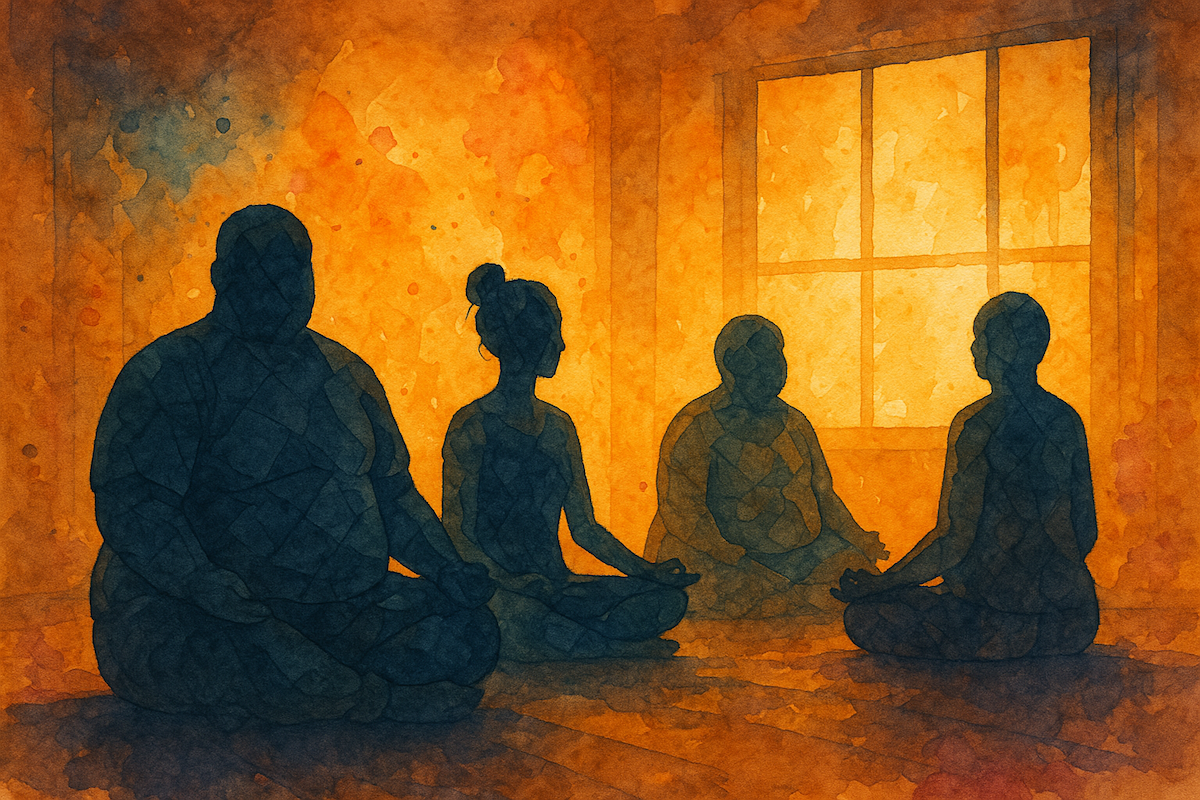What is Borderline Personality Disorder (BPD)?
Someone with borderline personality disorder (BPD) feels emotions and handles daily situations differently. According to the National Education Alliance for BPD, more than 14 million Americans have borderline personality disorder yearly, making it more common than schizophrenia or bipolar disorder.
BPD signs are intense emotions, difficulty expressing feelings, and severe episodes of anger or depression. These episodes can range from a few hours to several days. People with borderline personality disorder often have intense emotions, mental health problems, and struggle to find emotional stability.
Obsessive fear of abandonment is one of the symptoms of this disorder—desiring close relationships but impulsively pushing people away. People with borderline personality disorder are more likely to self-harm and have suicidal thoughts. We still do not know the cause of this disorder, but both environmental and biological factors may influence it.
Signs and Symptoms of BPD
In general, borderline personality disorder symptoms include:
- Being obsessive over abandonment (real or imagined)
- Posing suicidal threats and gestures
- Overreacting emotionally
- Self-harm
- Taking impulsive and self-destructive actions
- Relationships that display an unstable pattern
- Feeling empty on a regular basis
- Depression
- Feeling emptiness chronically
- Moods changing rapidly
- Inappropriate anger outbursts
- The feeling of being paranoid
- Disassociation from reality
- Having a feeling of being misunderstood
- Low self-esteem or an unstable self-image
A person with borderline personality disorder is more likely to suffer accidents, fights with others, self-injury, and attempt suicide. BPD impacts mental health. Seeking treatment from a BPD center like Steps to Recovery is crucial for those affected.
BPD Co-Occurring Conditions
Individuals may develop co-occurring disorders due to BPD. In a survey on personality disorders, 96% of individuals with BPD reported experiencing a mood disorder at some point. Additionally, 83% of them mentioned having depression. 88% of participants who reported anxiety disorders also reported having PTSD (Post Traumatic Stress Disorder) or panic disorder.
A quarter of respondents reported that they had problems with eating disorders, while two-thirds admitted to substance abuse issues.
Borderline personality disorder treatment plans must include co-occurring conditions to produce sustainable results. We provide various therapies and healing practices for all diagnosed disorders as part of our BPD recovery program
Borderline Personality Disorder Treatment
Individuals who do not treat borderline personality disorder may experience serious adverse consequences. A person with this disorder is more likely to self-mutilate, commit suicide, and engage in violent behavior. It may worsen other mental and physical health problems if not treated.
At STR Behavioral Health, we provide various levels of treatment for borderline personality disorder based on clients’ recovery stage. We offer a variety of treatment options for BPD, such as detoxification, residential treatment, and intensive outpatient programs. The treatment for BPD progresses as the client moves toward recovery.





